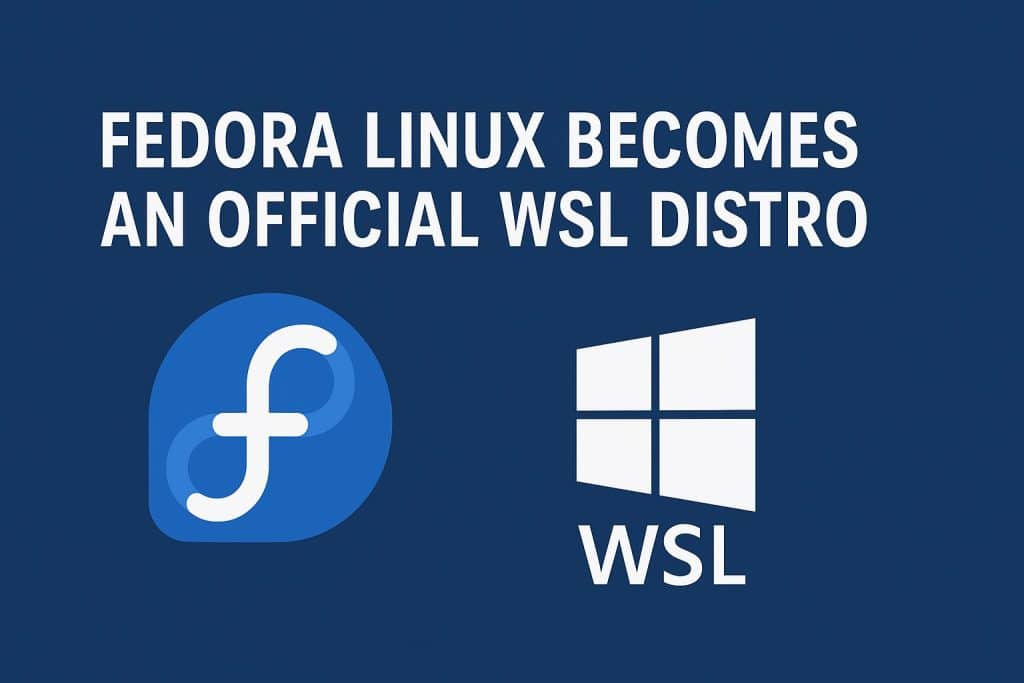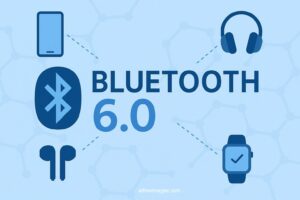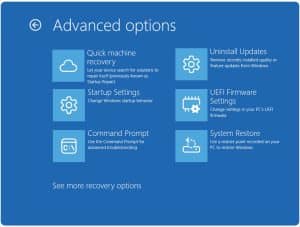Microsoft adds Fedora to its official WSL lineup, bringing a powerful, modern Linux experience to Windows developers.
Microsoft has officially announced that Fedora Linux is now an approved distribution for Windows Subsystem for Linux (WSL), joining the ranks of other major Linux distros like Ubuntu and Debian. Starting with Fedora 42, users can install and run Fedora natively in WSL using the platform’s modern tar-based architecture.
How to Get Started
Installing Fedora 42 on WSL is straightforward. Simply run the following command:
wsl --install FedoraLinux-42To launch it:
wsl -d FedoraLinux-42Upon first use, you’ll be prompted to create a username. By default, the user account is passwordless and included in the wheel group, allowing sudo privileges for administrative tasks.
A Tour of Fedora 42 in WSL
Fedora is widely known for being at the forefront of open source innovation, and Fedora 42 is no exception. The distribution uses the dnf package manager for installing RPM packages and supports Flatpak for graphical applications. Note, however, that Flatpak is not included by default in the WSL image—you’ll need to install it manually:
sudo dnf install flatpakThen follow the setup instructions for Flathub to access a rich ecosystem of desktop applications. Fedora also ships with some of the latest development tools, including:
- GCC 15
- LLVM 20
- Go 1.24
- Ruby 3.4
- PHP 8.4
- Python versions from 3.9 up to the latest 3.14 alpha
This makes Fedora 42 on WSL a strong candidate for developers looking to build and test with cutting-edge technology on Windows.
Ongoing Improvements and Community Support
The introduction of Fedora to WSL marks only the beginning. The Fedora team is actively working on enhancing the graphical experience, including support for hardware acceleration. Improvements to Flatpak integration are also on the roadmap.
The Fedora community invites users to engage via Fedora Discourse or chat platforms like Matrix to share feedback, report bugs, and help shape the future of Fedora on WSL.
Powered by Collaboration
This milestone would not have been possible without the contributions of thousands of Fedora Project participants, and the dedicated efforts of David Duncan, Neal Gompa, and Patrick Lang, whose technical leadership helped bring Fedora to WSL in its official capacity.
With this release, Microsoft continues to expand WSL as a flexible, developer-friendly platform, while Fedora adds another robust and innovation-driven option to the mix. Whether you’re a Linux veteran or a developer looking to explore a modern, community-driven distro, Fedora 42 on WSL is now just a command away.
Source: Microsoft











